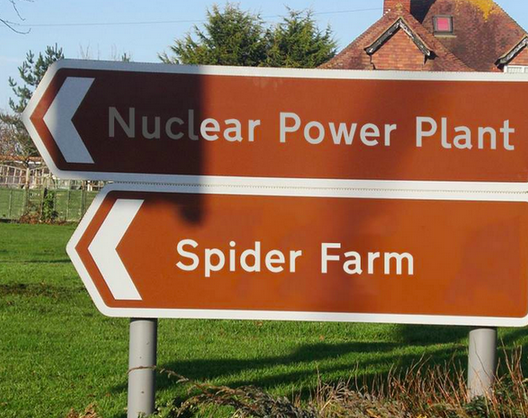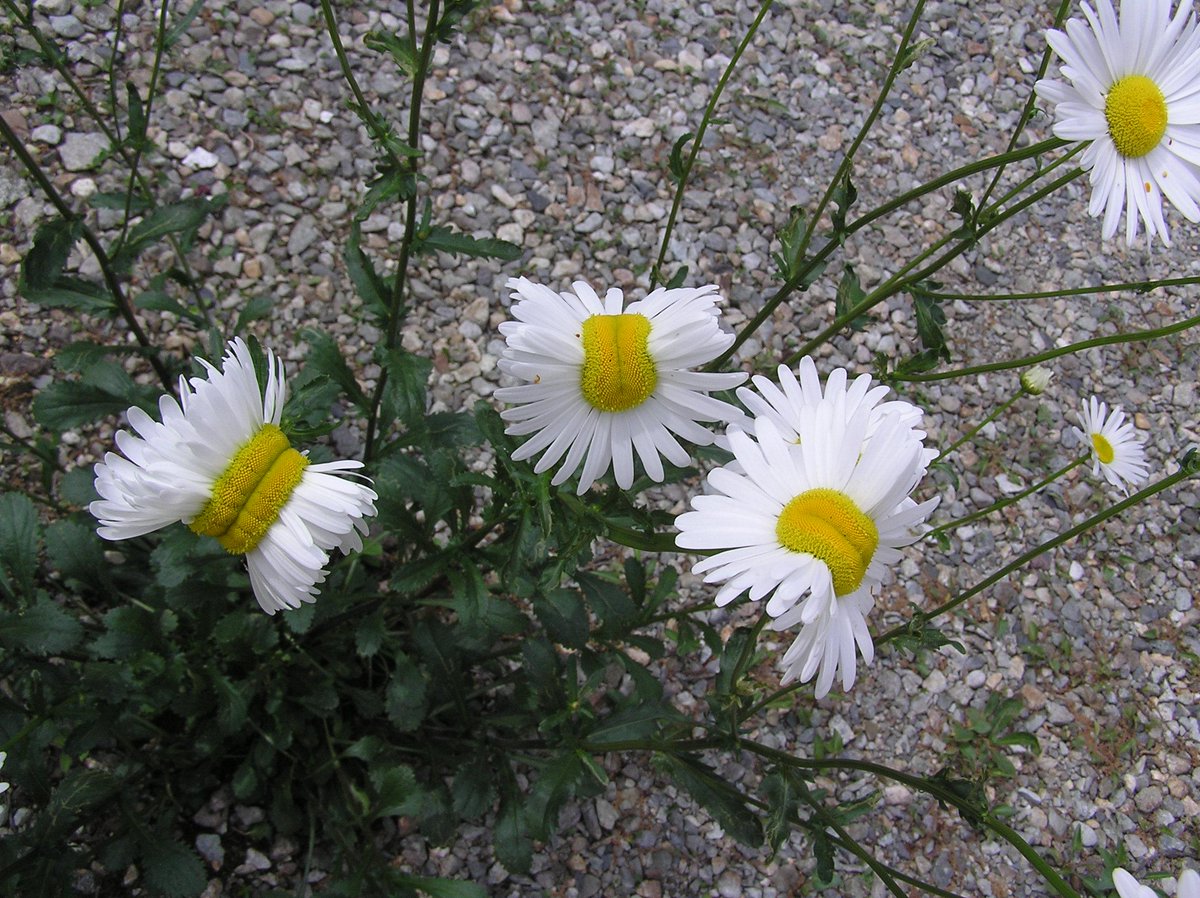Russia to develop system to filter radioactive Fukushima water
RosRAO, a subsidiary of Russian nuclear giant Rosatom, is among the three companies selected to build a system to filter radioactive tritium out of the contaminated water collected at the stricken power plant – a task that has so far defied engineers.
Fukushima Daiichi operator TEPCO, which has resorted to erecting thousands of water tanks to contain the toxic run-off from the plant, is already trialing a system that filters 62 radioactive materials. But the Advanced Liquid Processing System (ALPS) does not filter tritium, a mildly radioactive byproduct of nuclear generation, which nonetheless means that water cannot be safely discharged into the Pacific Ocean.
RosRAO, which was built on the foundations of Soviet-era waste disposal research institutions, won the TEPCO tender for a filtration system - alongside US firm Kurion Inc, and GE Hitachi Canada, a joint project between the Japanese and US corporations - beating 26 other companies.
Each of the three contractors will be given 1 billion yen – about $9.5 million – to present a working filter prototype by the March 2016 deadline, and the final value of the contract, which could last for decades, could run into hundreds of million dollars. ...
http://rt.com/news/183532-russia-filter ... ima-water/



